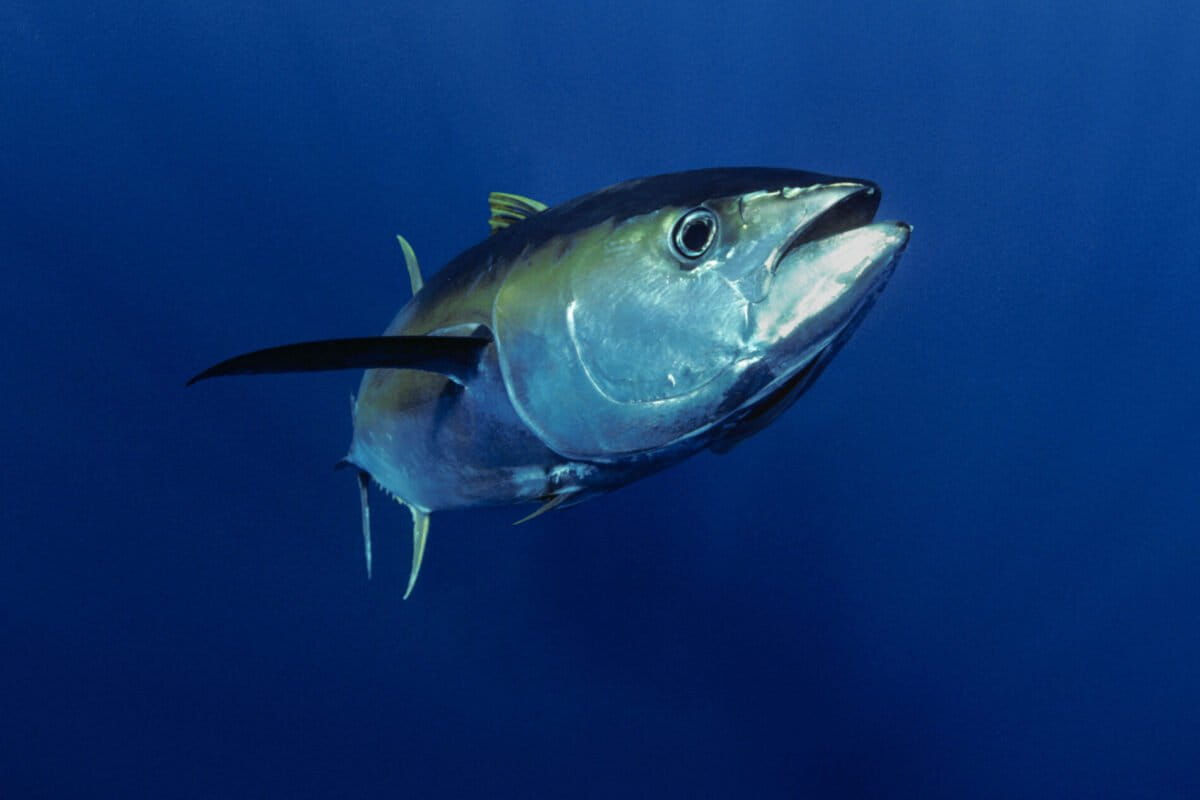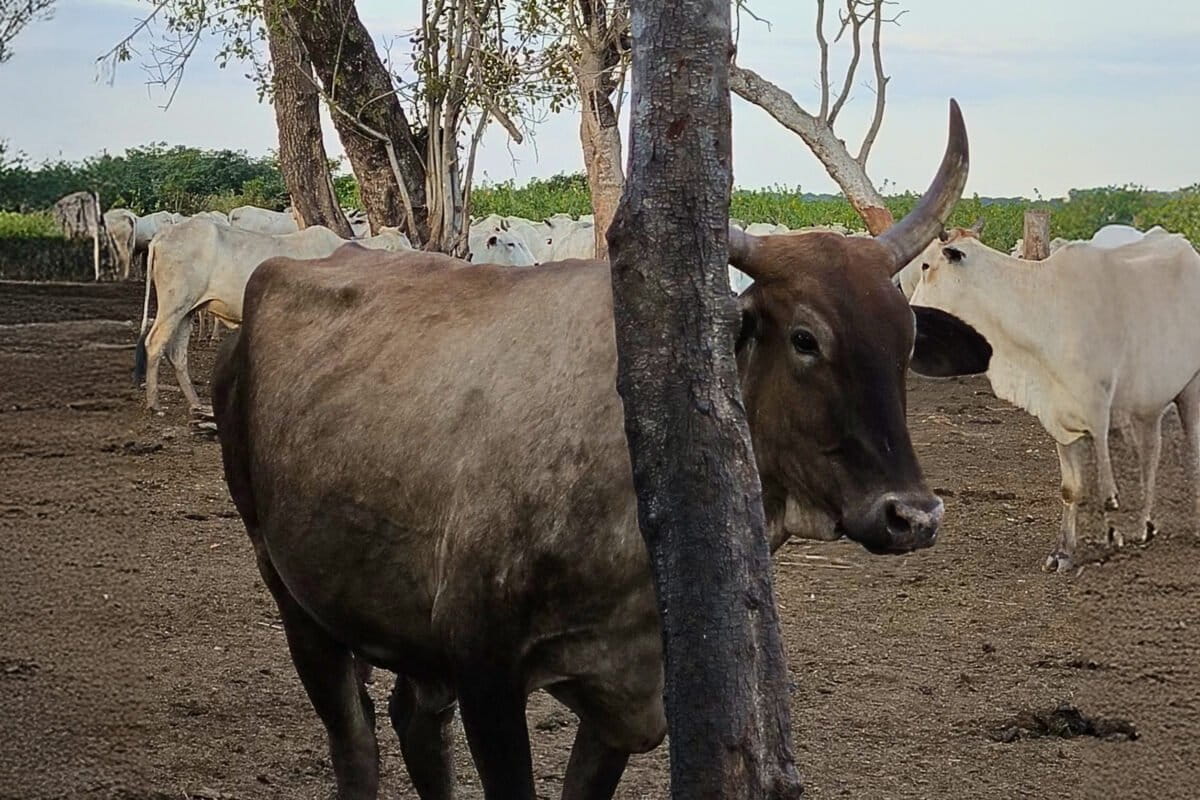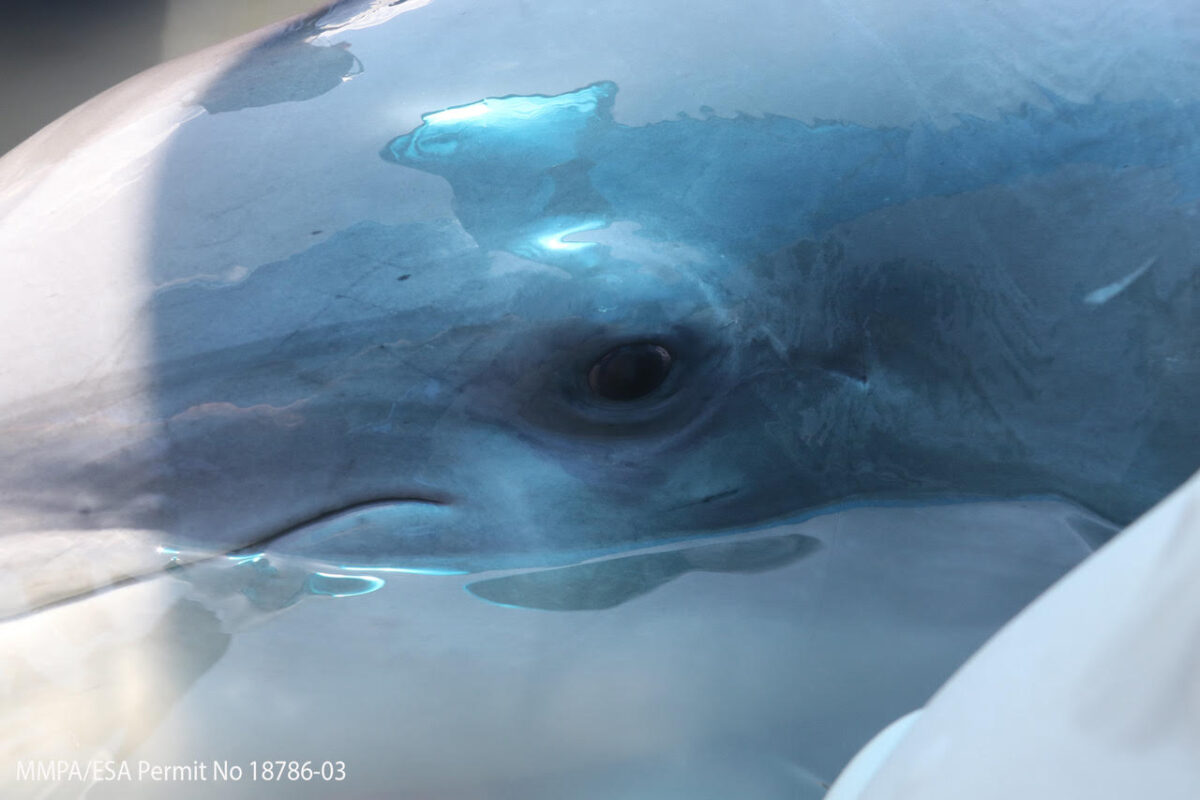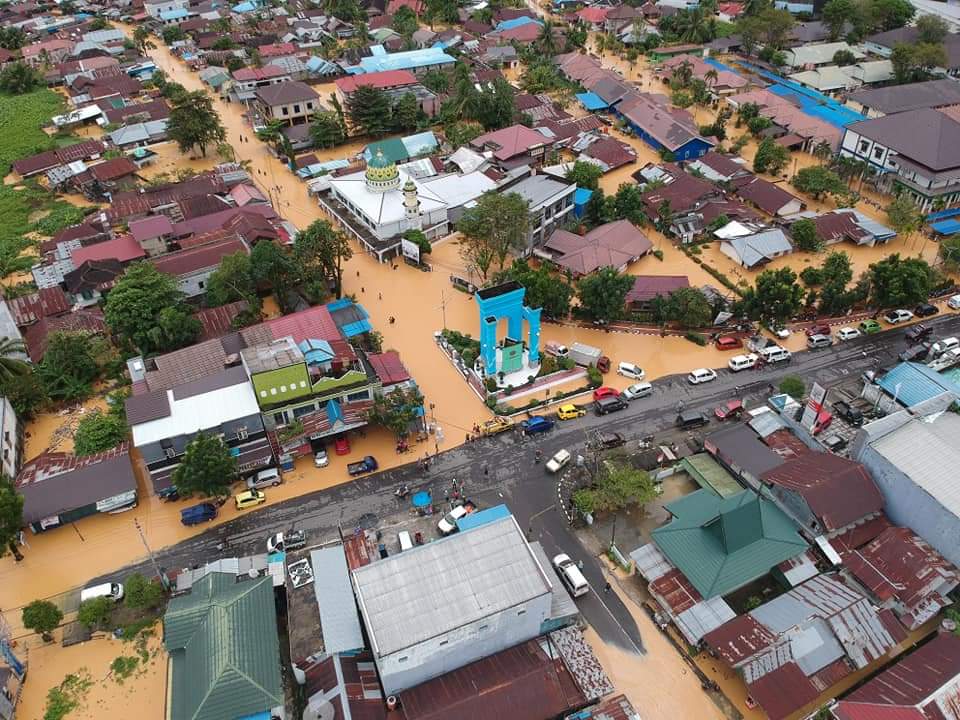MONGABAY
YESTERDAY

Healthy forests are more than climate shields; in the Amazon, they also serve as public-health infrastructure. A Communications Earth & Environment study spanning two decades across the biome links the extent and legal status of Indigenous Territories to 27 respiratory, cardiovascular, and zoonotic or vector-borne diseases.

2024 was a record year for tropical tuna catch in the Eastern Pacific Ocean, thanks to a big increase in skipjack catch, and stocks are considered healthy. So when the Inter-American Tropical Tuna Commission , a multilateral body that manages tuna and other fish stocks in this region, held its annual meeting Sept.

JAKARTA — The Indonesian government has allowed a controversial nickel mine to resume operating in the marine haven of Raja Ampat, despite a company-commissioned study finding the project has harmed the environment and community health in one of the world’s most biodiverse marine ecosystems. State-owned miner PT Gag Nikel resumed working on Sept.

Beef production is a major driver of climate change. It fuels deforestation in crucial biomes, a significant source of carbon emissions, and cows themselves produce methane, a potent greenhouse gas.

September 12 is World Dolphin Day. Marine conservation and advocacy nonprofit Sea Shephard created the day in 2022 to remember that dolphins, among the most intelligent animals on Earth, are under threat and need protection. That date, Sept.

JAKARTA — Flooding disasters in Indonesia are increasingly traced not to natural causes, but to corporate destruction of peatlands, NGO Pantau Gambut warns in its newest report. The report reveals how the construction of industrial-scale canals, not just haze, poses a growing threat.
SEPTEMBER 11. 2025

In 2017, when Vincent Deblauwe joined the Congo Basin Institute in Cameroon to study African ebony, he soon realized the fate of the tree lay with another species. Around campfires and during treks, the Indigenous Baka people told him that the forest elephant was key to the survival of African ebony .

DUNOY, Philippines — In the dense, tropical rainforests of the Northern Sierra Madre Natural Park, an ancient predator drifts silently beneath the surface of still rivers. For Indigenous Agta elders, this reptile is not a menace, but a guardian.

Long celebrated by some NGOs and Indigenous rights activists as the guardians of the forest, the Batwa of South Kivu had lived inside what is now Kahuzi-Biega National Park (KBNP) in the Democratic Republic of Congo (DRC) until the 20th century, when they were expelled by the Congolese government, at that time MPR (Popular Movement

“If you can imagine walking into a huge, 1,000-kilometer square tropical forest … it’s moist and damp rich soil and an overstory. You imagine walking into a 10-meter patch of forest and it’s just a totally different thing.

Scientists studying the world’s largest river turtles, a South American species that grows to a length of nearly a meter, or 3 feet, have found the largest nesting aggregation ever recorded.

Experimental climate interventions in the world’s oceans are moving ahead in a regulatory vacuum, raising concerns among scientists about potential risks, Mongabay staff writer Edward Carver reported. The projects, known as marine-climate interventions, aim to tackle global warming or help people and ocean life adapt to climate change.

Diver and artisanal fisherman Daniel Caniullán recalls with frustration the day he went to collect shellfish from a natural bank in northern Chile, only to find hundreds of the plumose anemones covering the seabed. “I found an anemone plague where there used to be locos .
